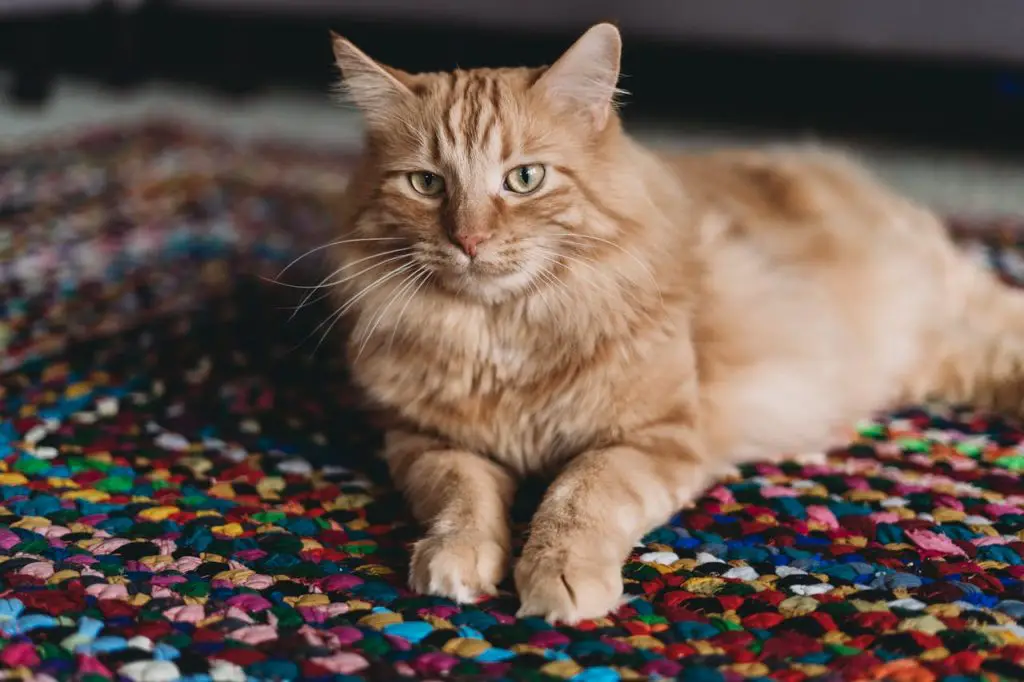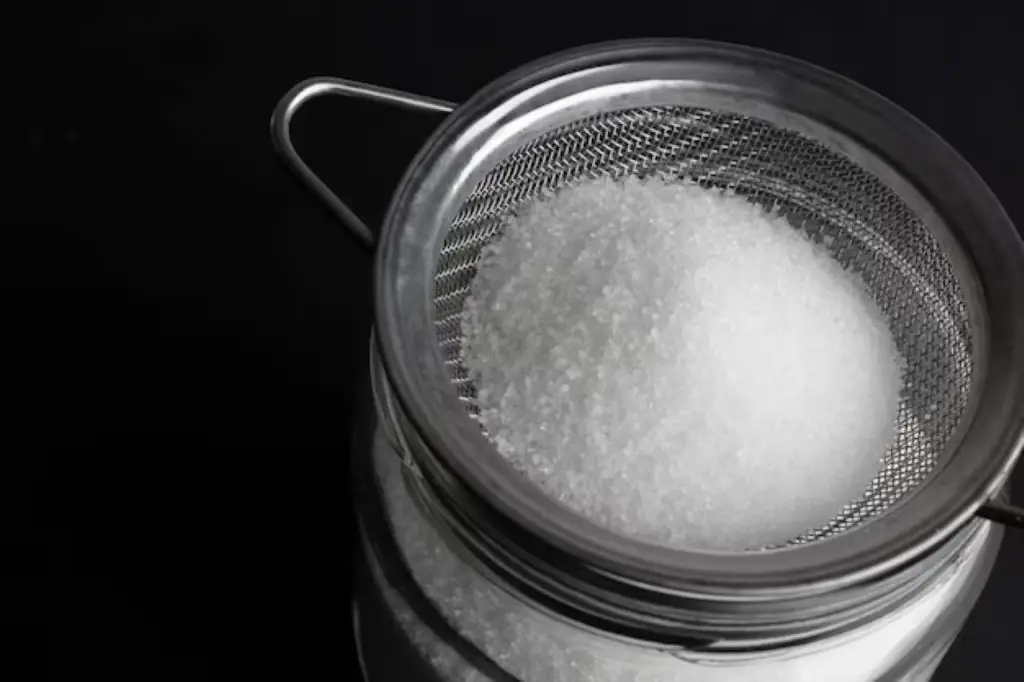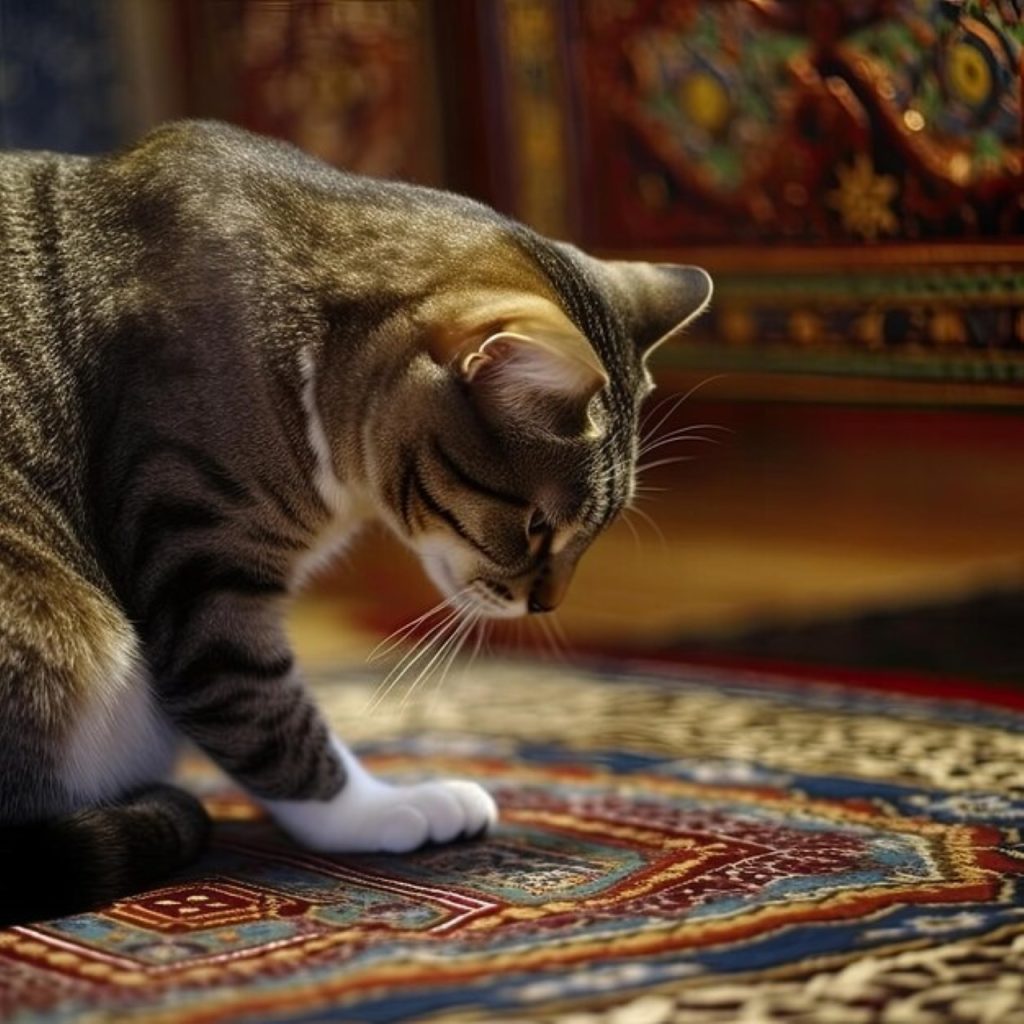
While your cat may be the cutest creature in your home, its spray can quickly become the most repulsive issue you’ll face. You’re not alone in this smelly predicament, and there’s hope for your carpets yet. Removing cat spray isn’t just about cleaning; it’s about understanding the chemistry behind the odor and employing the right techniques to neutralize it effectively. Whether you’re dealing with a fresh incident or a lingering smell, the solution lies in a combination of quick action, proper products, and a bit of patience. Let’s explore how you can tackle this pungent problem and restore freshness to your living space.
Table of Contents
Key Takeaways
- Identify the affected area using a black light in a darkened room, as cat spray fluoresces yellowish-green.
- Blot the area with clean cloths, then apply a solution of equal parts white vinegar and water.
- Use enzyme-based cleaners specifically designed for cat urine to break down odor-causing proteins.
- Apply baking soda liberally to absorb odors, let sit for 24 hours, then vacuum thoroughly.
- Consider steam cleaning for deep penetration, but pre-treat with an enzymatic cleaner for best results.
Identify the Affected Area
The initial step in removing cat spray from your carpet is to accurately identify the affected area. Cat spray can be difficult to locate visually, as it often dries quickly and may not leave an obvious stain.
To pinpoint the exact spot, you’ll need to rely on your sense of smell and possibly some additional tools.
Start by using your nose to detect the characteristic pungent odor of cat spray. This scent is distinct from regular urine and is a result of specific pheromones cats use for scent marking.
Move systematically across the room, getting close to the carpet to identify the strongest concentration of the smell.
This post contains affiliate links. However all the information provided on this site are my own honest opinions. See more in Disclaimer.
If you’re having trouble locating the source, consider using a black light in a darkened room. Cat spray will often fluoresce under UV light, appearing as a yellowish-green glow on the carpet.
This method can be particularly effective for older or dried spray marks.
Once you’ve identified the affected area, mark it clearly with tape or chalk to guarantee you focus your cleaning efforts on the right spot.
This precision will help you address the issue more effectively and prevent the spread of odor or staining. See our post on How To Train A Cat To Use A Cat Door.
Blot and Pre-treat
Once you’ve pinpointed the affected area, immediate action is essential.
Begin by employing effective blotting techniques to remove as much of the cat spray as possible. Use clean, white cloths or paper towels to absorb the liquid, working from the outside of the stain towards the center to prevent spreading.
Avoid rubbing, as this can drive the urine deeper into the carpet fibers.
After blotting, it’s time to apply pre-treatment options. Create a solution of one part white vinegar to one part water, and saturate the affected area. Allow it to sit for 5-10 minutes, then blot again.
For stubborn odors, consider using an enzyme-based cleaner specifically designed for pet urine. These products break down the proteins in cat spray, effectively neutralizing both stains and odors.
Alternatively, you can make a paste using baking soda and water. Apply this mixture to the stain, let it dry completely, then vacuum thoroughly.
For severe cases, hydrogen peroxide mixed with a small amount of dish soap can be an effective pre-treatment. However, always test any cleaning solution on an inconspicuous area first to verify it won’t damage your carpet.
Enzymatic Cleaners
For particularly stubborn cat spray odors, enzymatic cleaners stand out as a highly effective solution.
These specialized products contain natural enzymes that break down the proteins in cat urine, effectively neutralizing both the odor and the stain. When using enzymatic cleaners, it’s essential to follow the manufacturer’s instructions carefully for best results.
Apply the enzymatic cleaner generously to the affected area, ensuring it penetrates deep into the carpet fibers. Allow the solution to sit for the recommended time, typically 15-30 minutes, to give the enzymes ample opportunity to work.
Avoid using heat or steam during this process, as it can set the stain and odor permanently.
After the waiting period, blot the area with a clean, white cloth to remove excess moisture. Don’t scrub, as this can damage the carpet fibers and spread the stain.
Repeat the process if necessary, especially for older or more severe stains.
As a pet ownership cleaning tip, keep enzymatic cleaners on hand for quick response to accidents, preventing odors from becoming deeply embedded in your carpets.
Homemade Cleaning Solutions

While commercial products are effective, you can also create potent homemade solutions to tackle cat spray odors in carpets. These natural ingredients-based remedies can be just as effective when mixed in the right ratios.
A common homemade solution combines equal parts white vinegar and water. This mixture neutralizes odors and helps break down urine proteins. For tougher stains, add a tablespoon of baking soda per cup of solution.
Apply this mixture directly to the affected area, let it sit for 15 minutes, then blot with a clean cloth.
Another potent option is a mixture of 3% hydrogen peroxide, dish soap, and baking soda. Use 1 cup peroxide, 1 teaspoon dish soap, and 1 tablespoon baking soda.
This solution oxidizes odor-causing molecules and lifts stains effectively. Apply, let sit for 15 minutes, then rinse thoroughly.
For persistent odors, create an enzymatic solution by fermenting citrus peels in water for two weeks. Strain the liquid and use it as a spray. The natural enzymes break down urine compounds, eliminating odors at the source.
Always test these homemade solutions on an inconspicuous area first to verify colorfastness.
Steam Cleaning Techniques

Steam cleaning offers a powerful alternative to homemade solutions for removing cat spray from carpets.
This method utilizes high-temperature steam to penetrate deep into carpet fibers, effectively breaking down and extracting urine compounds and odors.
When using a steam cleaner, adjust the steam settings according to your carpet type to prevent damage. For delicate carpets, use lower temperatures and less pressure, while sturdy synthetic fibers can withstand higher heat and pressure.
Begin by thoroughly vacuuming the affected area to remove loose debris. Pre-treat the spot with an enzyme-based cleaner designed for pet odors. Allow it to sit for 10-15 minutes before steam cleaning.
Trending in Cats:
Start at the outer edges of the stain and work your way inward, making slow, overlapping passes to guarantee complete coverage. Pay special attention to the backing of the carpet, where urine often penetrates.
After steam cleaning, use a fan or open windows to accelerate drying and prevent mold growth. For persistent odors, you may need to repeat the process.
Remember to test the steam cleaner on an inconspicuous area first to verify it won’t discolor or damage your carpet.
Odor Neutralization Methods
To effectively neutralize cat spray odors in your carpet, you’ll need to employ targeted methods.
Enzymatic cleaners specifically designed for urine are highly effective, as they break down the odor-causing proteins at a molecular level.
For a natural alternative, you can use baking soda’s absorption properties by liberally sprinkling it over the affected area, allowing it to sit for several hours, and then vacuuming thoroughly.
Enzymatic Cleaners for Urine
Enzymatic cleaners are the most effective solution for neutralizing cat urine odors in carpets. These specialized products contain bacteria-produced enzymes that break down the proteins, uric acid, and other organic compounds found in cat urine.
When comparing enzyme effectiveness, look for cleaners containing protease, lipase, and amylase enzymes, as these target different components of the urine.
To use an enzymatic cleaner, first blot the affected area to remove as much moisture as possible. Then, generously apply the cleaner, ensuring it penetrates the carpet fibers and reaches the underlying padding.
Allow the enzymes to work for the recommended time, which can range from 15 minutes to several hours, depending on the product. Avoid using heat or steam, as this can set the stain and odor.
In a cleaner comparison, enzymatic products outperform traditional carpet cleaners, which may mask odors temporarily but don’t eliminate the source.
For best results, choose a cleaner specifically formulated for pet urine. Follow up with multiple applications if necessary, as older or more severe stains may require repeated treatments to fully neutralize the odor.
Baking Soda Absorption Technique

Baking soda stands out as a powerful, natural odor neutralizer for cat spray in carpets. Its odor absorption properties make it an effective and affordable solution for tackling persistent cat spray smells.
To employ this technique, start by thoroughly blotting the affected area to remove as much moisture as possible.
Once the area is relatively dry, liberally sprinkle baking soda over the entire spray-affected region, guaranteeing complete coverage.
Allow the baking soda to sit for at least 24 hours, giving it ample time to absorb odors and moisture. During this period, the baking soda’s alkaline nature will work to neutralize the acidic compounds in cat urine that cause the offensive smell.
After the waiting period, vacuum the area thoroughly, using multiple passes to remove all the baking soda. For particularly stubborn odors, you may need to repeat this process.
You can also enhance the baking soda’s effectiveness by mixing it with a few drops of essential oil before application. This combination not only absorbs odors but also leaves a pleasant scent behind.
Remember to test any essential oils on an inconspicuous area first to verify they won’t damage your carpet.
Prevention and Future Protection

Cat owners know that prevention is the best strategy when it comes to avoiding future carpet-spraying incidents.
Understanding cat behavior and addressing underlying issues are essential steps in preventing recurrence. Make sure your cat’s litter box is clean, accessible, and positioned in a quiet area.
Stress reduction plays a considerable role in minimizing spraying behavior.
To protect your carpets and prevent future spraying, consider implementing these measures:
- Apply enzymatic spray repellents on previously marked areas
- Use synthetic pheromone diffusers to create a calming environment
- Install motion-activated deterrents in problem areas
- Cover vulnerable carpet sections with plastic sheeting temporarily
Regular veterinary check-ups can help identify and address any medical issues contributing to spraying behavior.
Consider spaying or neutering your cat if you haven’t already, as this can greatly reduce territorial marking.
Provide environmental enrichment through vertical spaces, scratching posts, and interactive toys to alleviate stress and boredom.
Consistency in your cat’s routine and environment is essential for maintaining stability and reducing the likelihood of spraying.
Frequent Questions and Answers

Yes, cat spray can permanently damage your carpet if left untreated. You’ll need to act quickly with proper stain removal techniques. Use carpet protection products to prevent future incidents and maintain your flooring’s integrity. Don’t delay in addressing the issue.
You’ll find that cat spray odor can persist for weeks or even months without proper treatment. Cat behavior experts recommend immediate odor removal using enzymatic cleaners to break down urine compounds. Prompt action is essential for effective elimination.
Like a silent intruder, cat spray can harbor health implications. You’ll face risks from ammonia exposure and potential allergens. Implement prevention strategies promptly. Thoroughly clean affected areas, use protective gear, and guarantee proper ventilation to safeguard your well-being.
You’ll notice cat spray differs from regular urine in its purpose and composition. Spray behavior is territorial marking, while urination is waste elimination. The spray’s odor is more pungent due to concentrated pheromones and proteins for communication.
You’d think professionals could wave a magic wand, but alas! Professional carpet cleaning services can effectively tackle cat spray odors using advanced techniques. Their specialized equipment and odor removal products penetrate deeply, neutralizing stubborn molecules that DIY methods often miss.













